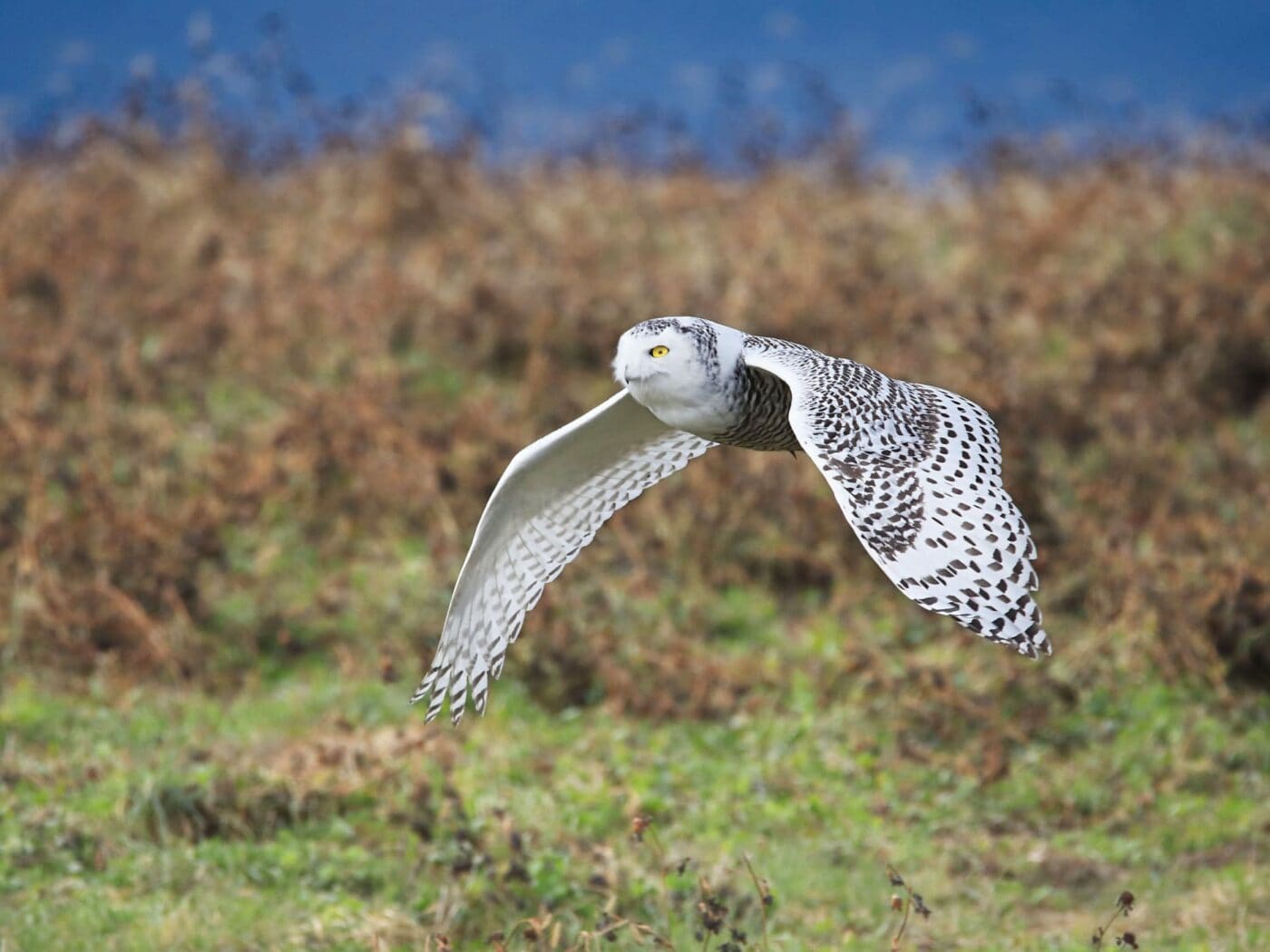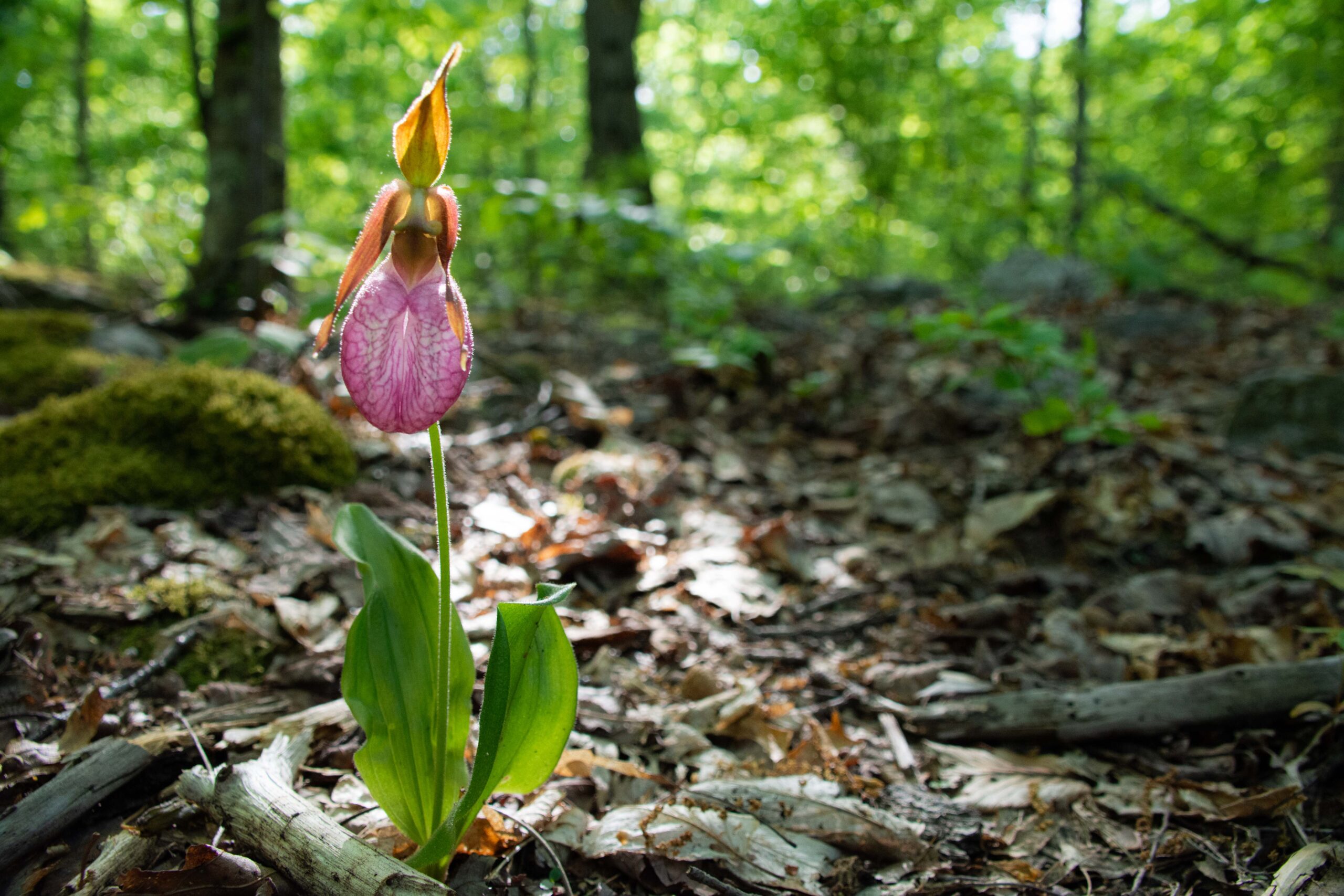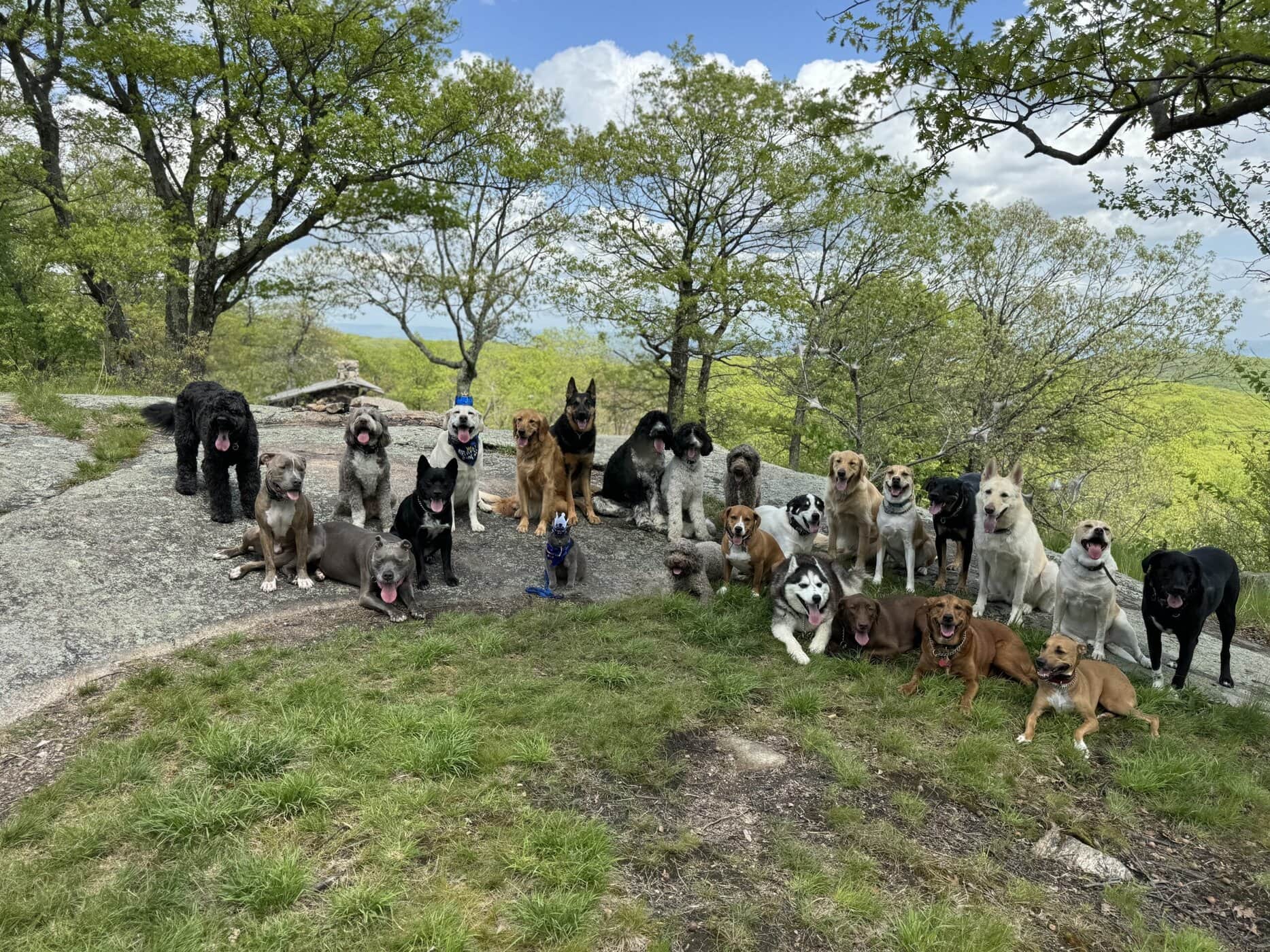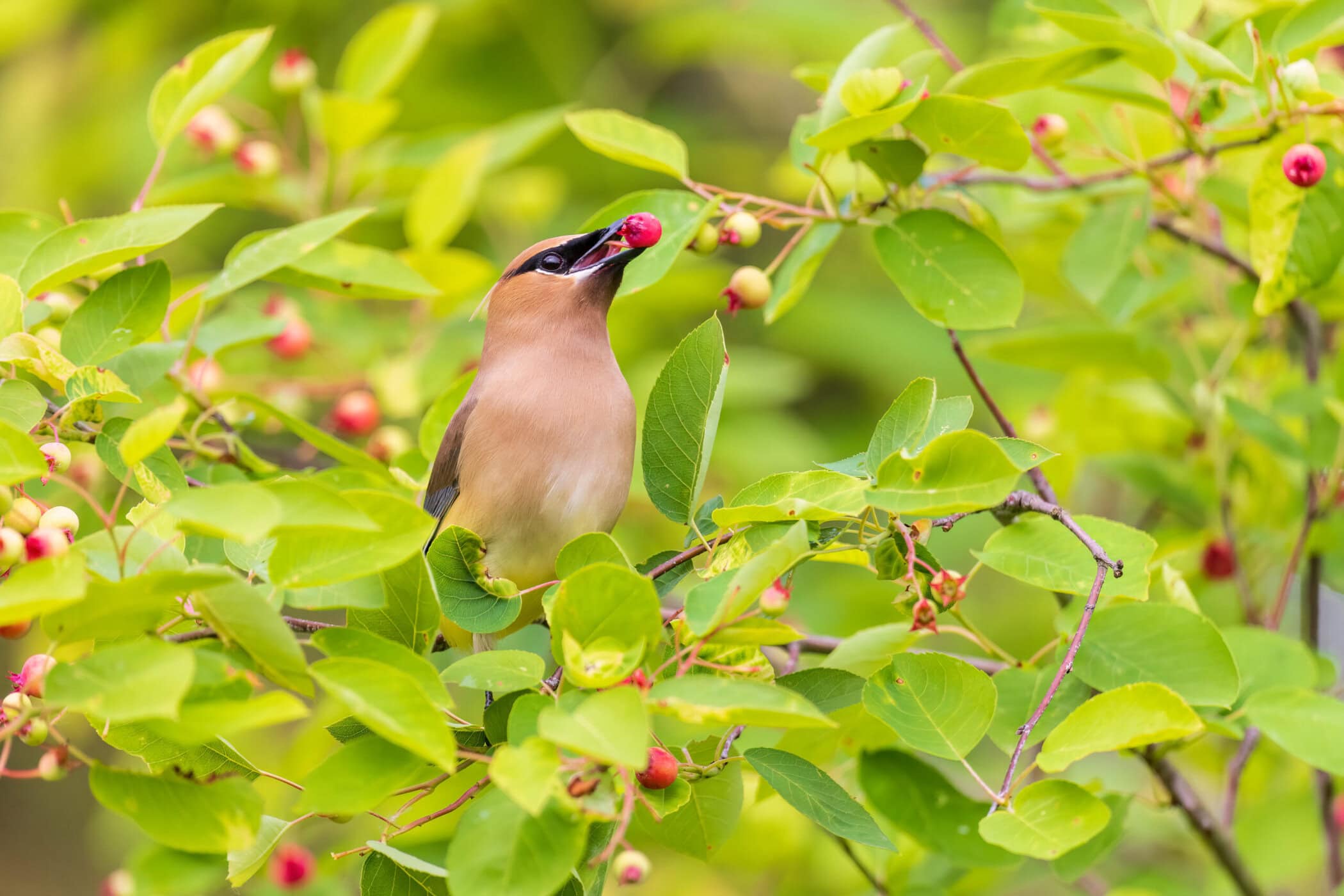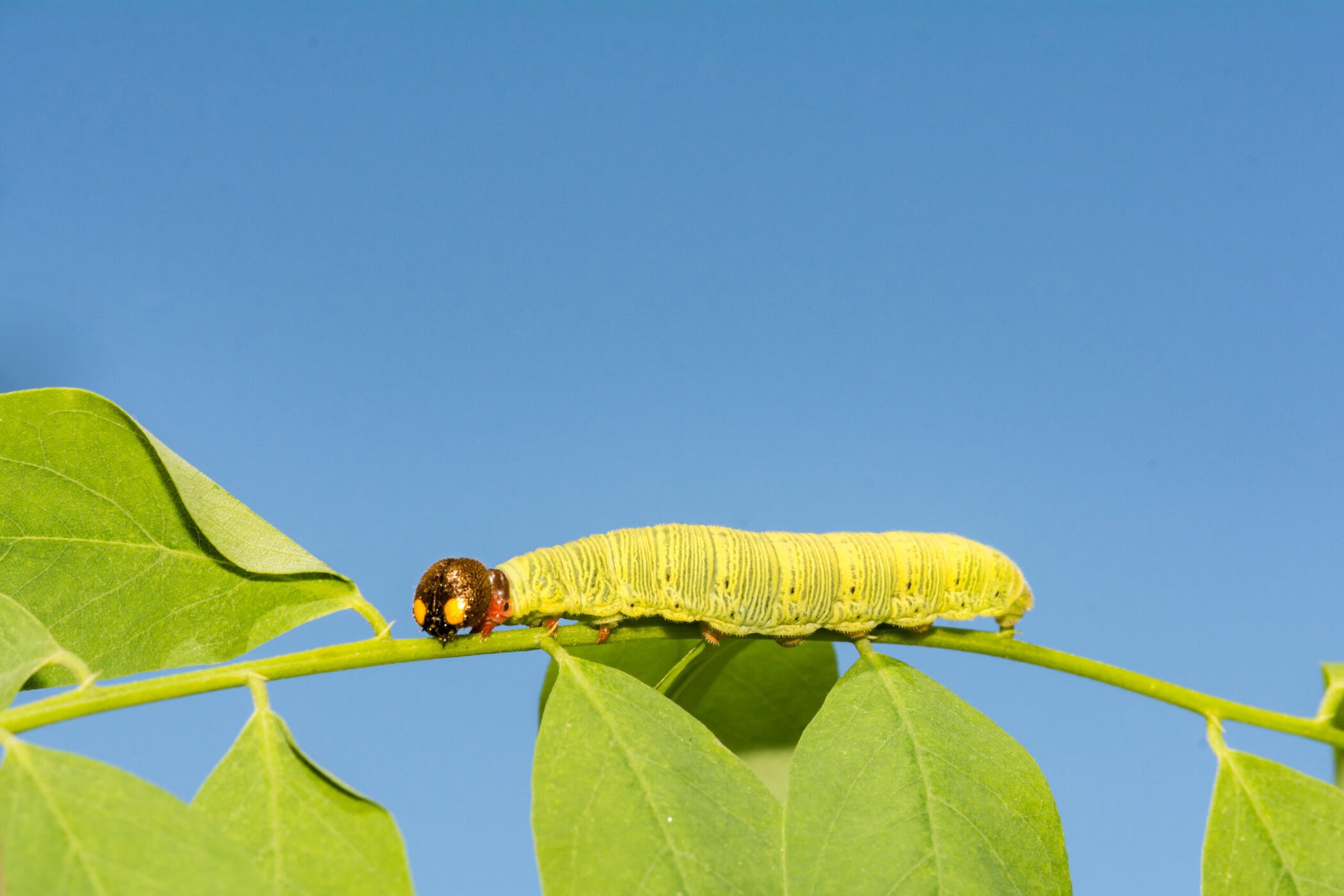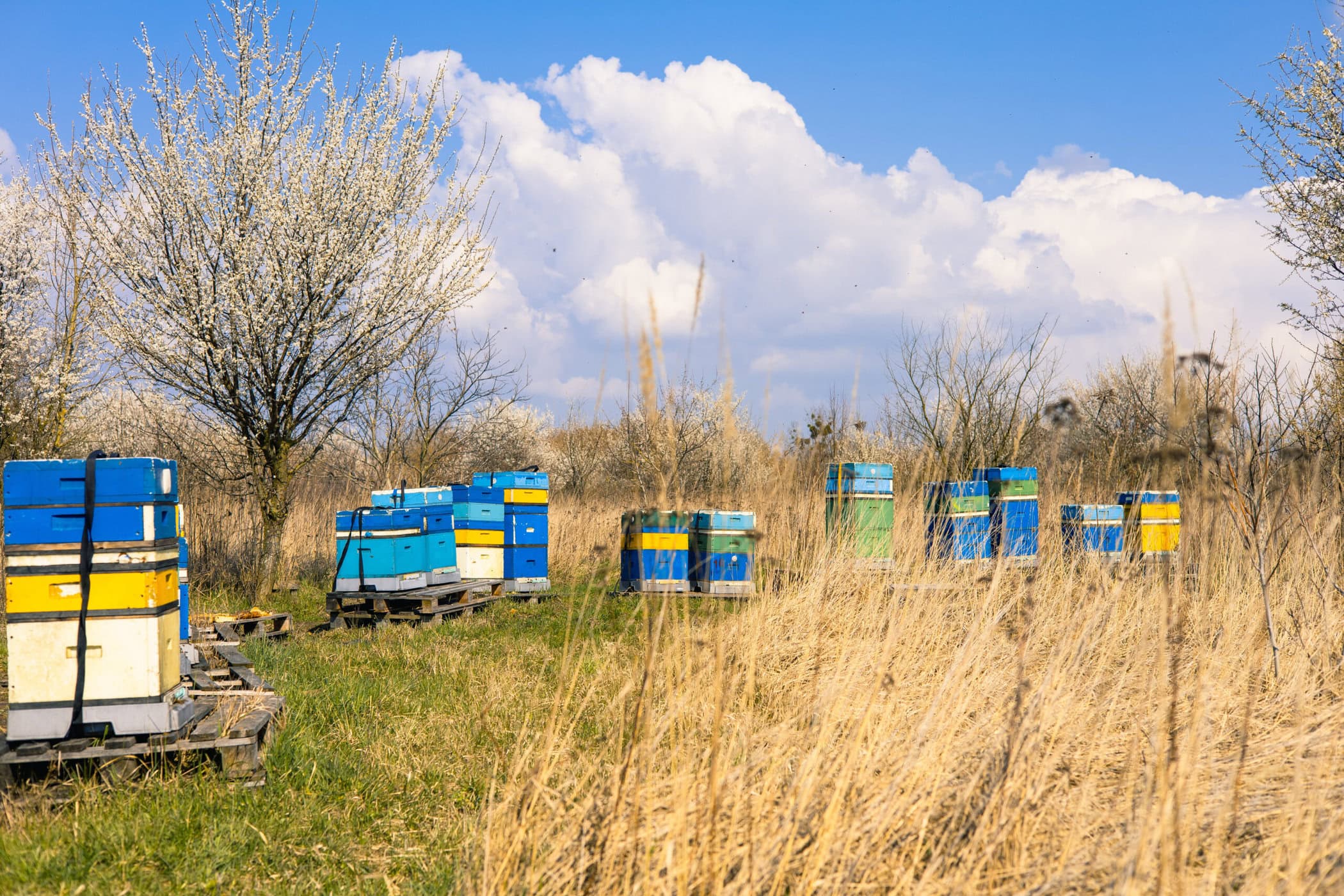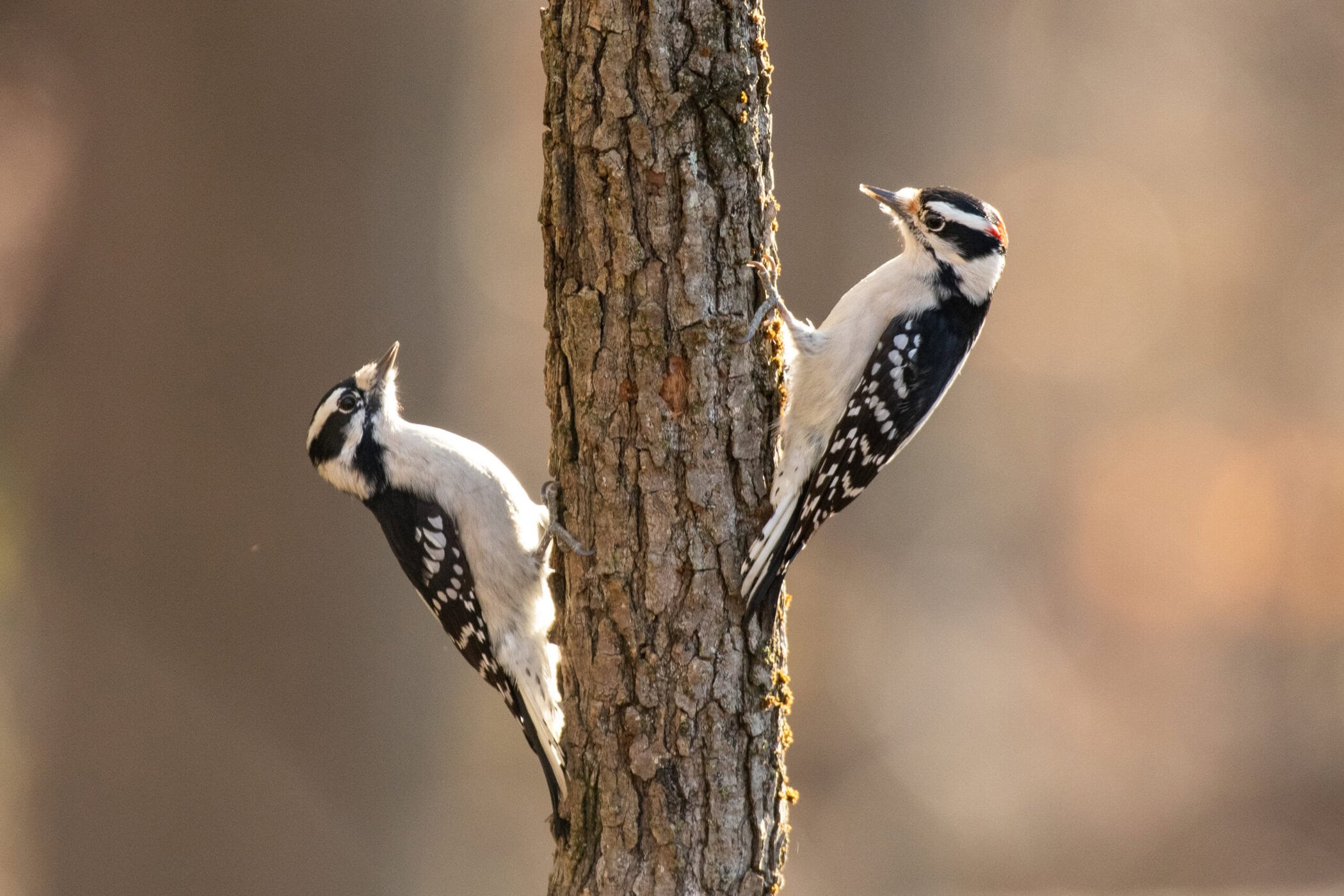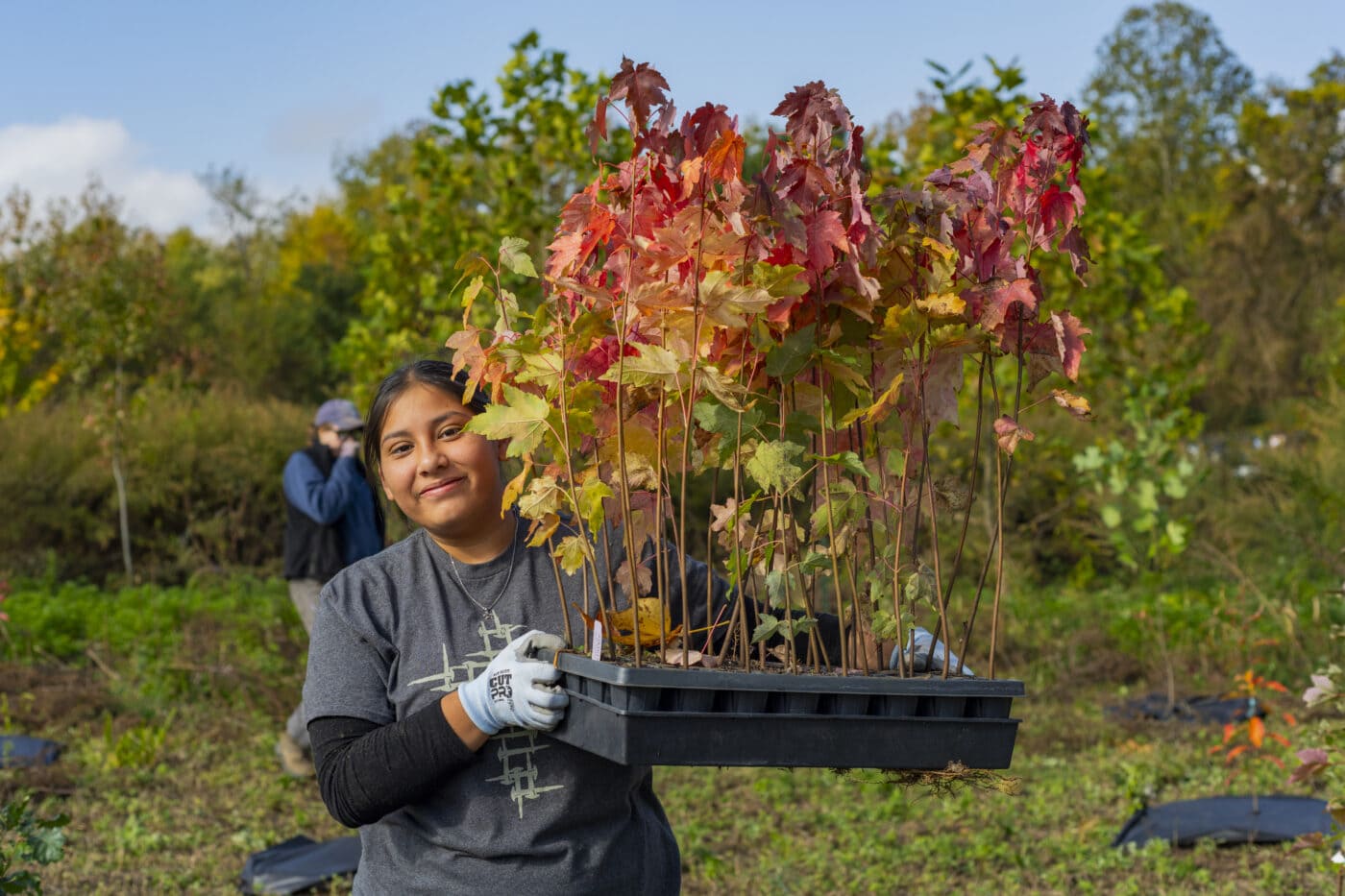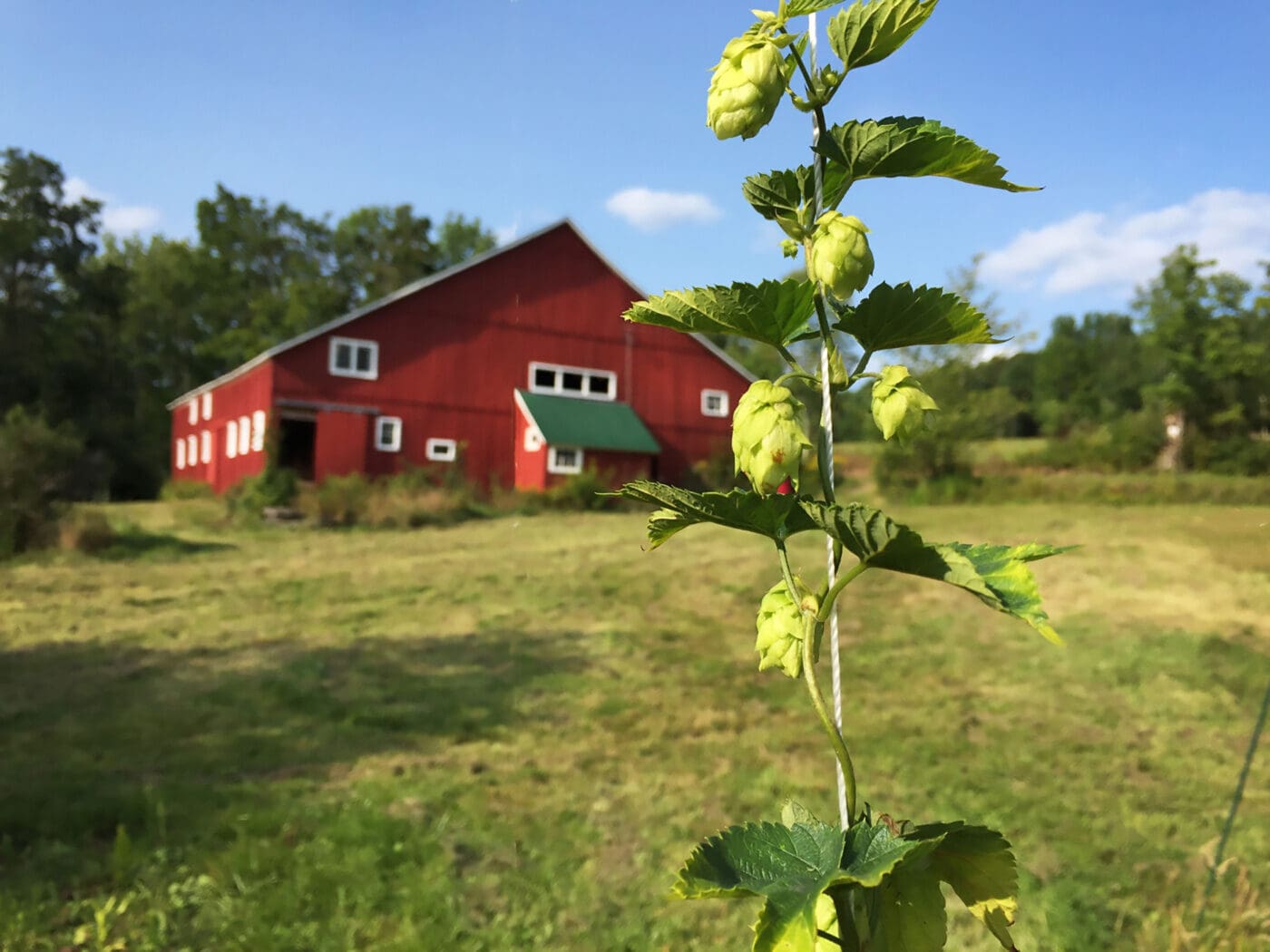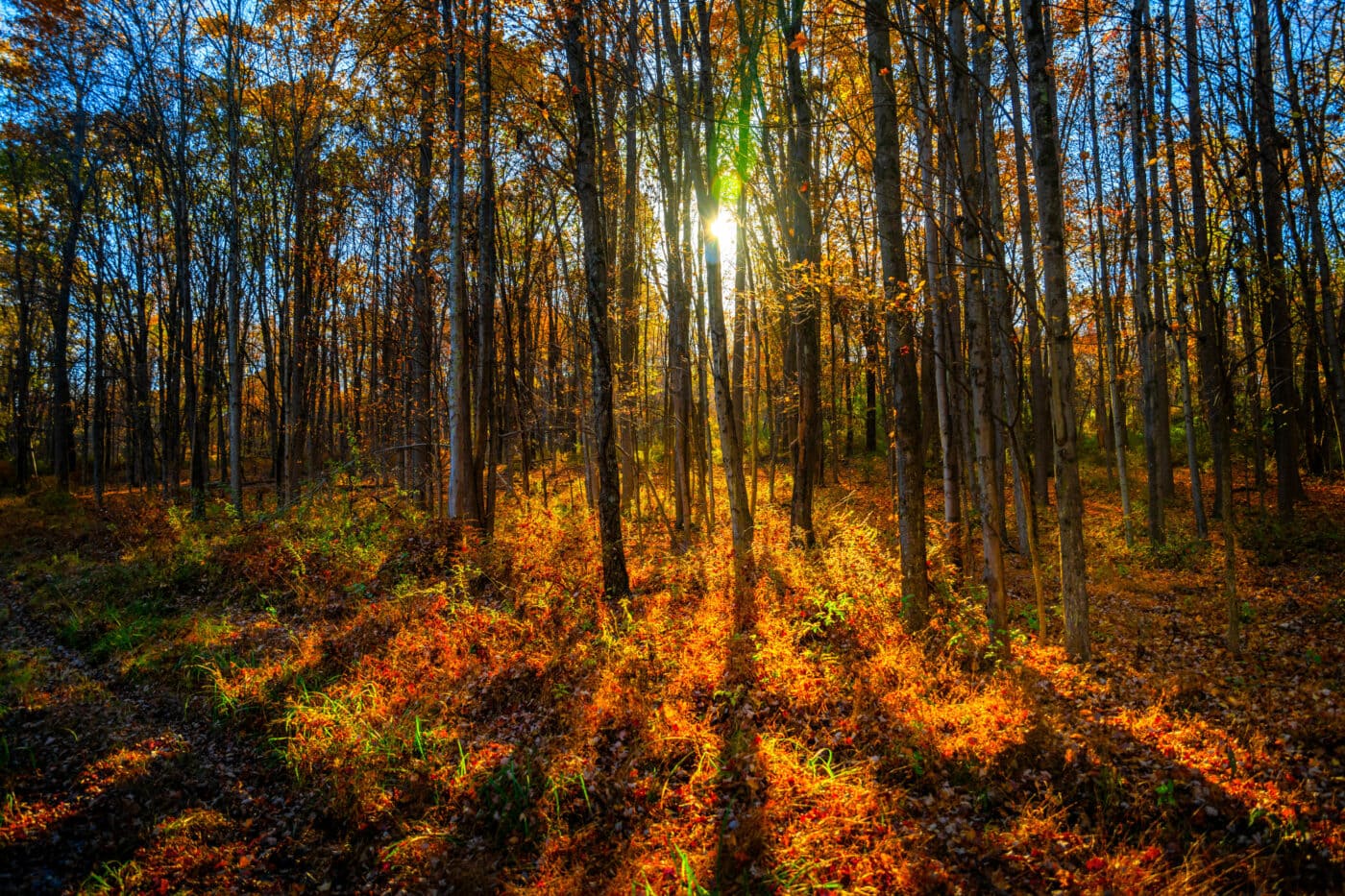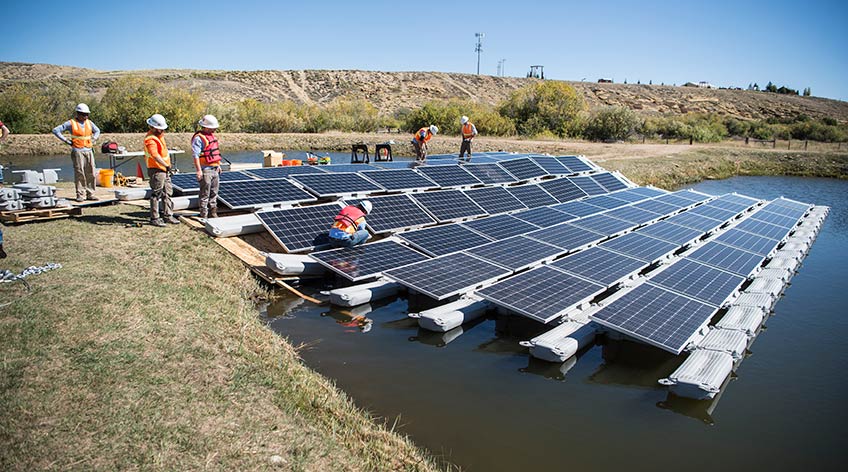The secret ingredient to understanding the habits of snowy owls is, of all things, lemmings. This tiny rodent that thrives in the high Arctic is the key to what makes snowy owls produce many babies (or not) in a given year.
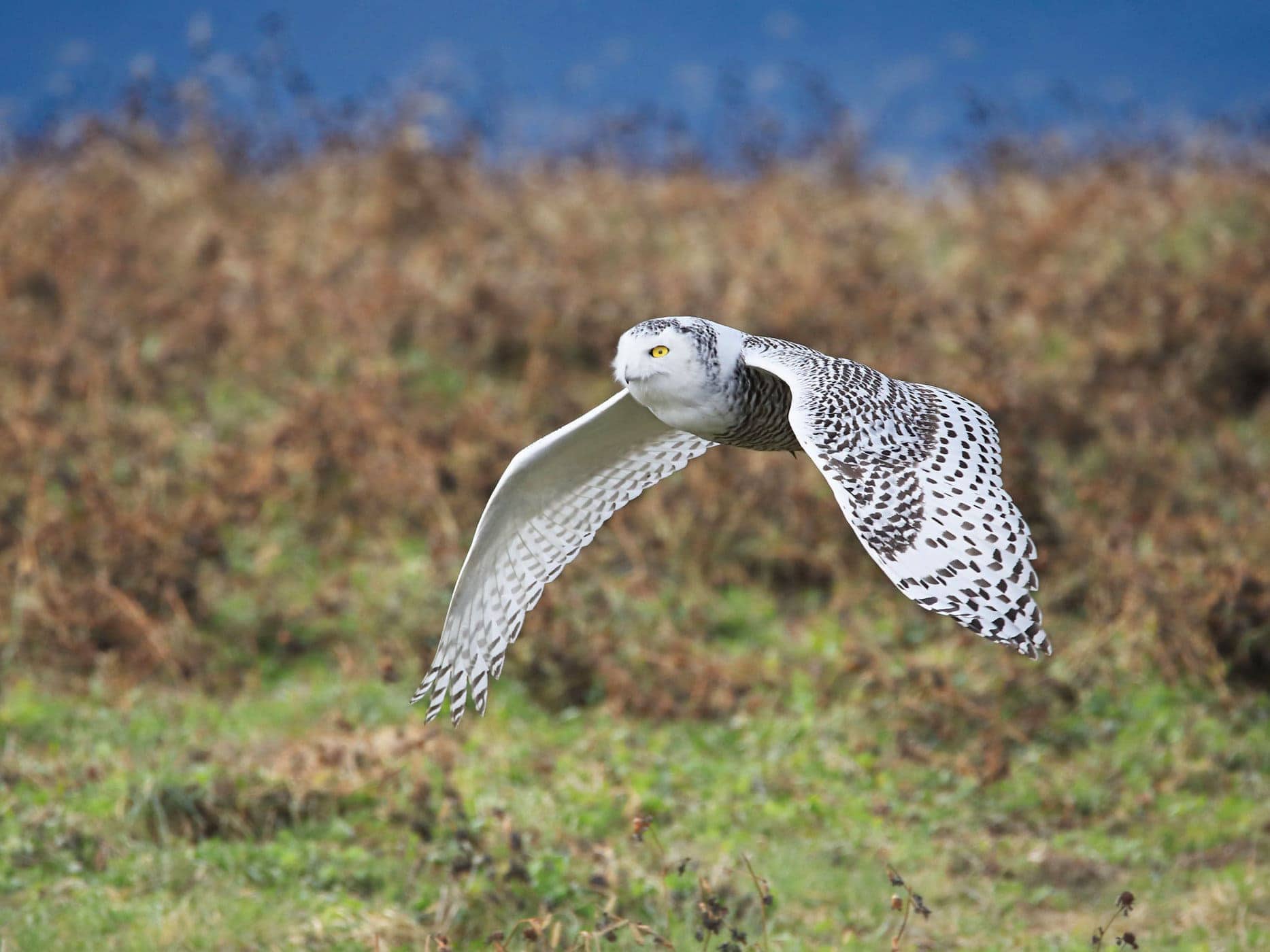
“Most apex predators in the Arctic — including snowy owls, arctic foxes, and wolves — are entirely dependent on the lemming,” says Mark DeDea. As president of the John Burroughs Natural History Society and a master birder, DeDea has led many birding walks in and around the Hudson Valley. “Snowy owls are a high Arctic bird, and some will spend their entire life in the tundra. But they do move around. They’re considered nomadic because they’re completely dependent on the existence of lemmings.”
When lemmings are abundant, snowy owls can have as many as 9 or 10 chicks. The male hunts lemmings and drops them into the nest while the female stays with the hatchlings. This proliferation of young owls is what precipitates a fluctuation of young owls to the south. “If it’s a good year for lemmings, quite a few young birds will survive, being pushed out of the territory that they hatched in,” Dedea says. “These are the years we may see snowy owls in our neck of the woods.”
Lemmings are indeed vital to owl irruptions and survival, says naturalist and bird writer Scott Weidensaul. Weidensaul runs Project Snowstorm, a collaborative research project that uses GPS and GPM transmitters to better understand the winter ecology of snowy owls.
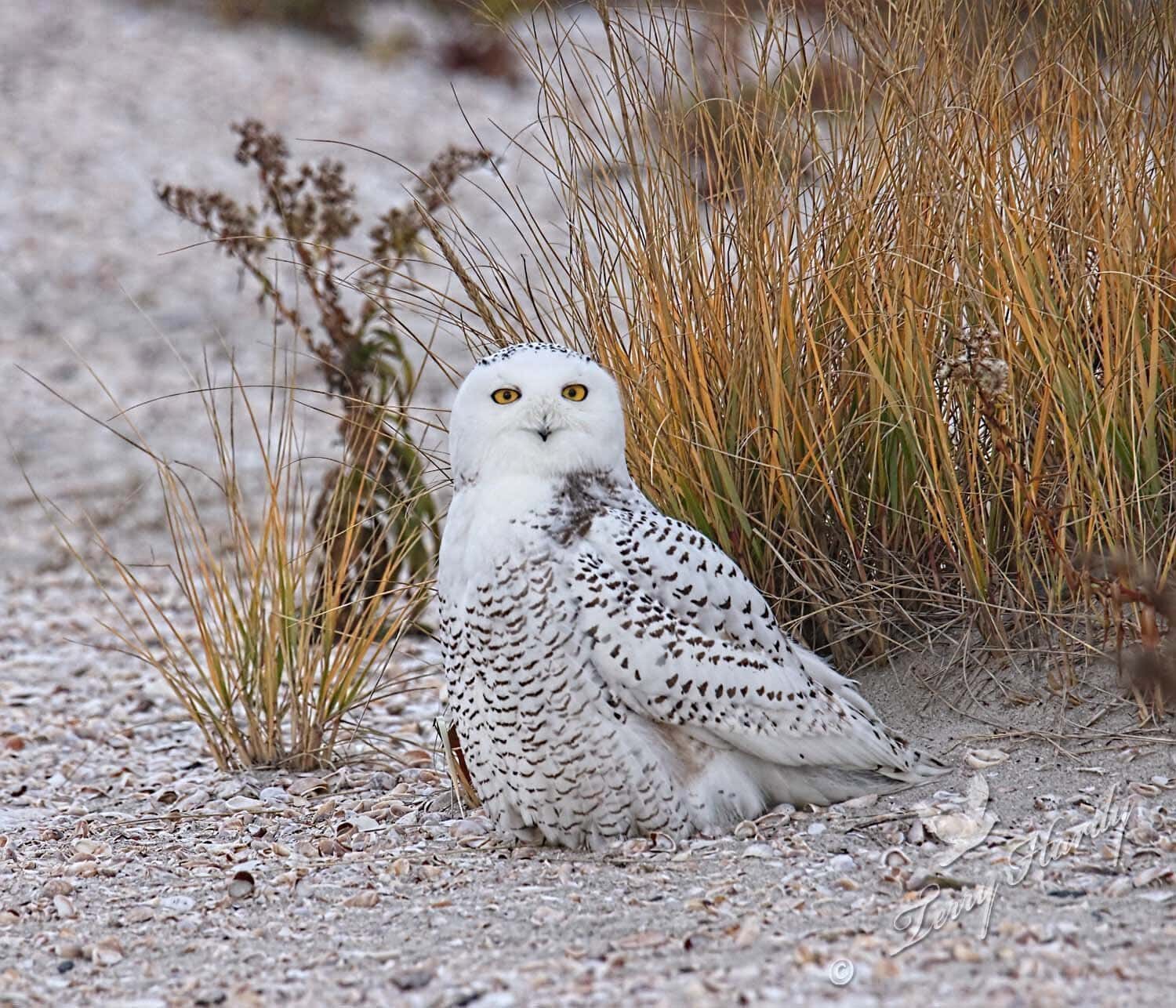
“The years when we get big invasions of snowy owls are not the result of a collapse of prey populations in the Arctic,” Weidensaul says. “They’re the result of a boom in prey populations the previous summer. It’s the peak of what’s roughly a four-year cycle. The owls figure out where the lemmings are and gather in large numbers. It might be in Baffin Island one year or the central Canadian Arctic another year. They shift around, and if there’s enough food, all those chicks will grow up and fledge and then come south in the winter. If there’s lots of food, there’s lots of babies.”
Young owls are naïve birds
When we see a snowy owl in the Hudson Valley, it generally — though not always — means we’re seeing a young bird on its first migration. These are the birds people tend to get close to because the owls have no experience with people. “There’s no fear of humans,” DeDea says. “In the Tundra, snowy owls nest on the ground. This speaks to why they choose places like beach dunes, golf courses, and landfills as places where we find them wintering. It kind of replicates what they’re used to.”
Birds that have never seen humans, cars, houses, or planes are vulnerable to all of these things. In 2021, for instance, a juvenile snowy owl was spotted grabbing a ride on the Newburgh-Beacon Ferry. “One of the reasons that we started Project Snowstorm is that it’s a very dangerous time in the lives of these birds when they come south and share the landscape with us,” Weidensaul says.
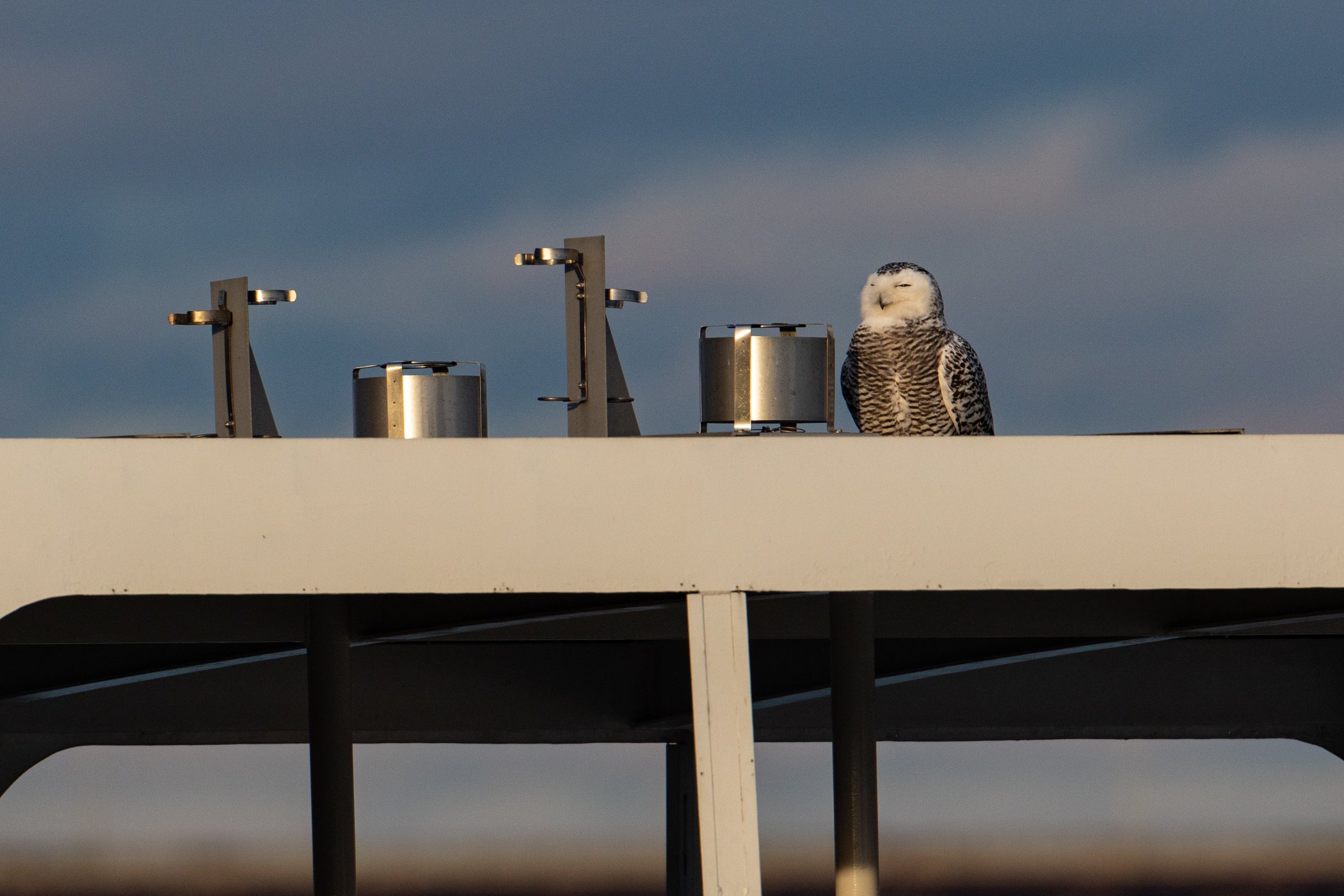
“There’s danger from vehicle collisions. They also get hit by planes all the time at airports. Our tagged snowy owls have been either struck by airplanes at airports or they’ll be minding their own business along the taxiway and a jet blast hits them.”
Weidensaul’s team has also seen a lot of snowy owls picking up high concentrations of environmental toxins, especially mercury, which interferes with their reproduction and behavior.
Dispelling snowy owl myths
Whether you’re a die-hard birder or not, seeing — and photographing — a snowy owl is an exciting prospect. But there are many myths and misunderstandings about these gorgeous owls that cause harm. First, people tend to get too close, especially during daylight hours since the owls don’t perch in trees.
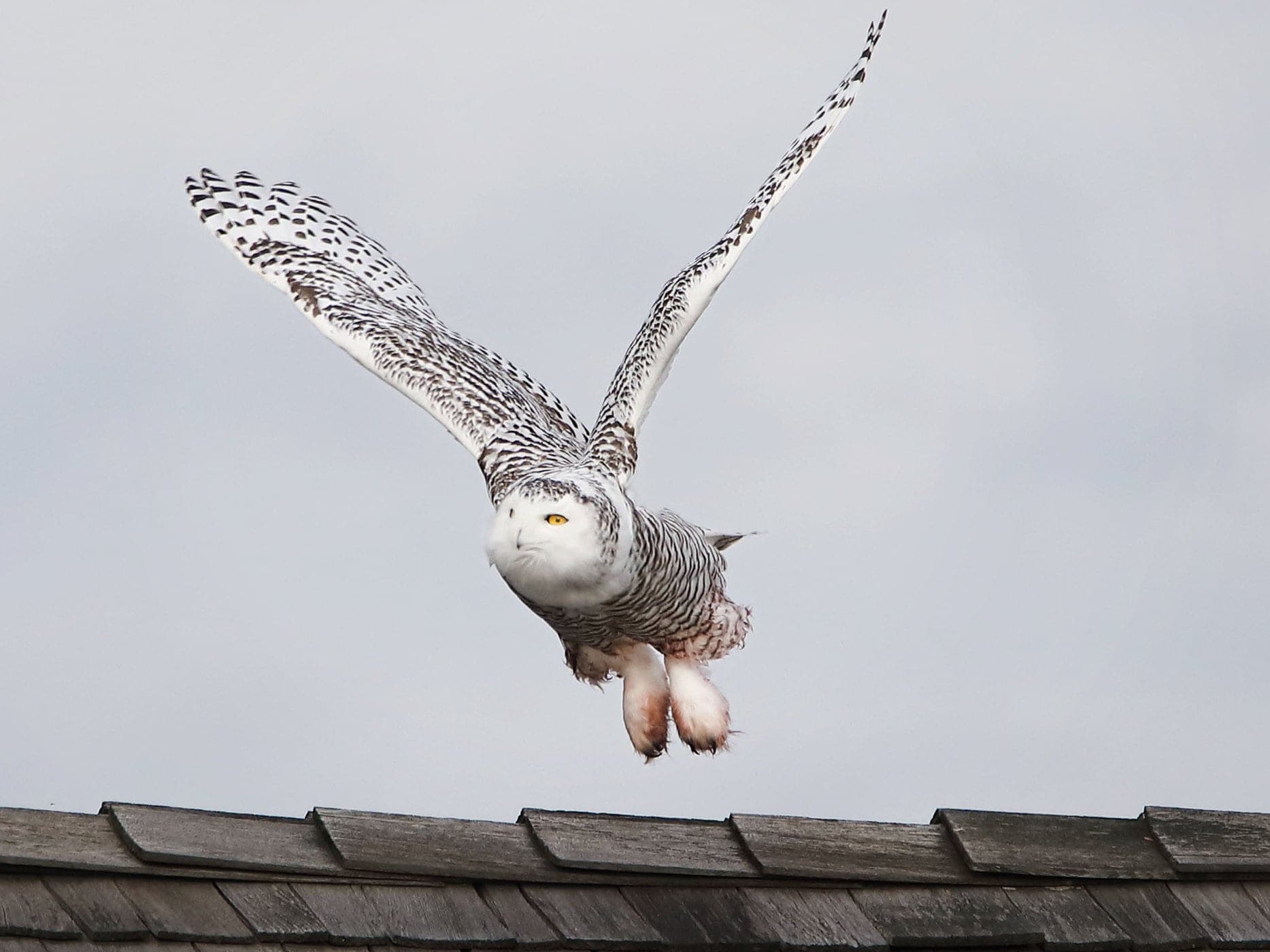
There’s a persistent myth that snowy owls are active during daytime in the winter. But they prefer hunting at night. During the day, they need to sit quietly, but people aren’t leaving them alone.
Says Weidensaul: “We’ve seen very clearly in our tracking data that when snowy owls are easily accessible to people, like on a coastal beach, they constantly get flushed and move up and down the beach with people chasing them all day long. Remember, they’re coming from the Arctic where there are no trees. Trees are as alien to them as buildings and airplanes and cars.”
Weidensaul notes that another persistent myth about snowy owls is that they’re being chased south out of the Arctic because their prey population collapsed and they’re starving. “That’s absolutely not true,” said Weidensaul.
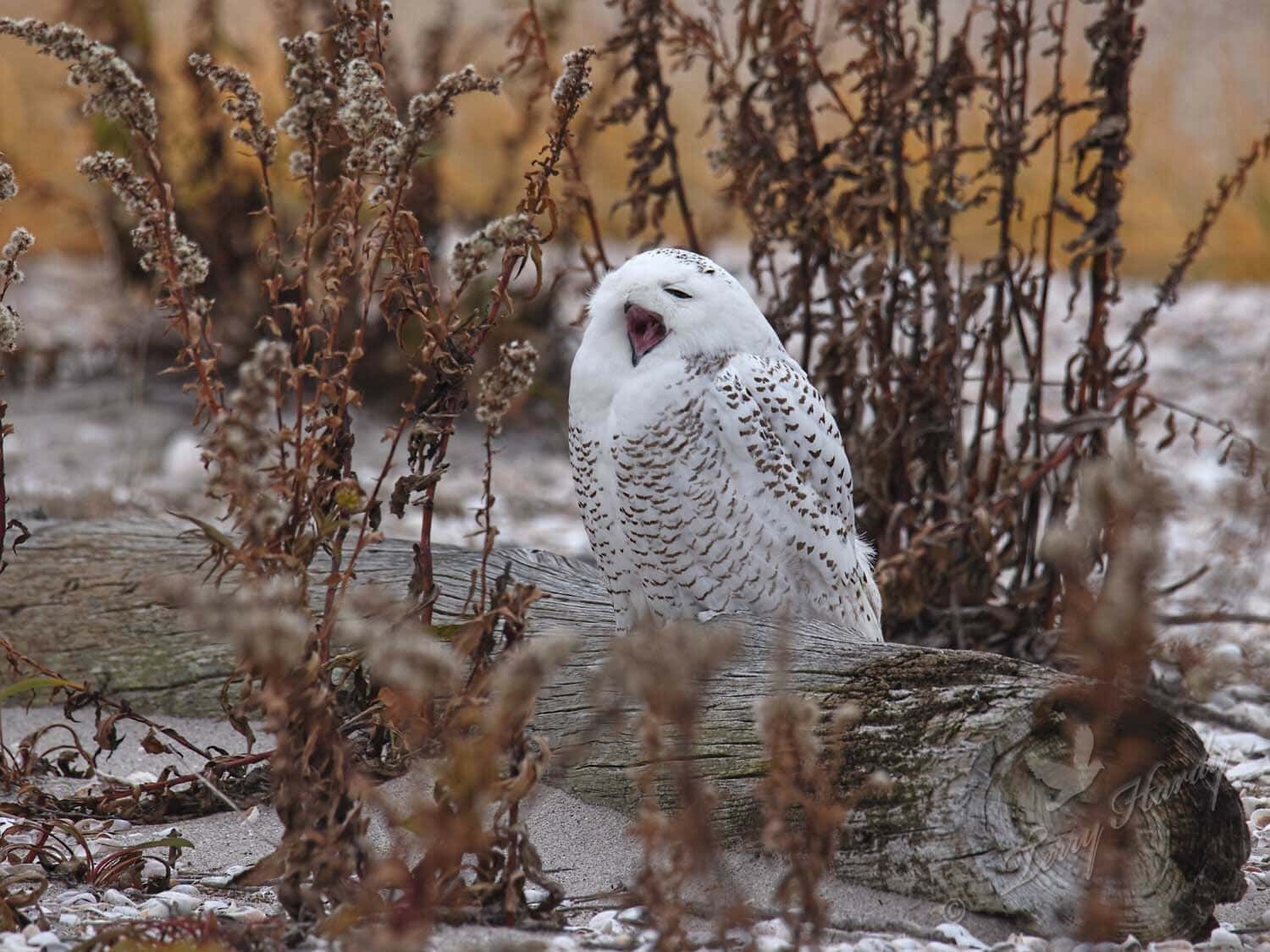
“People think these animals are starving when they come down here because the rehabilitators always get a flurry of sick and emaciated snowy owls at the beginning of the winter. But young birds don’t have a high survival rate — probably 60% to 70% of young birds never make it to their first birthday, so there will always be some young birds that aren’t in great shape. But that’s not the majority of snowy owls. Most of them are doing just fine. They’re fat and they’re healthy.”
Respecting our snowy visitors
Photographers love snowy owls and always want to get just a little bit closer. Snowy owls will often let you get surprisingly close, especially young owls on their first migration. This means they get flushed again and again all day long.
It’s important to understand this because most of a snowy owl’s activity happens after dark. During the day, they want to sit quietly. “If they’re moving around in the daytime, they’re at risk of being harassed by other birds of prey like hawks or ravens or crows. They’re at risk from bald eagles, the one bird that really scares snowy owls. If an eagle has a chance, it’ll kill a snowy owl.”
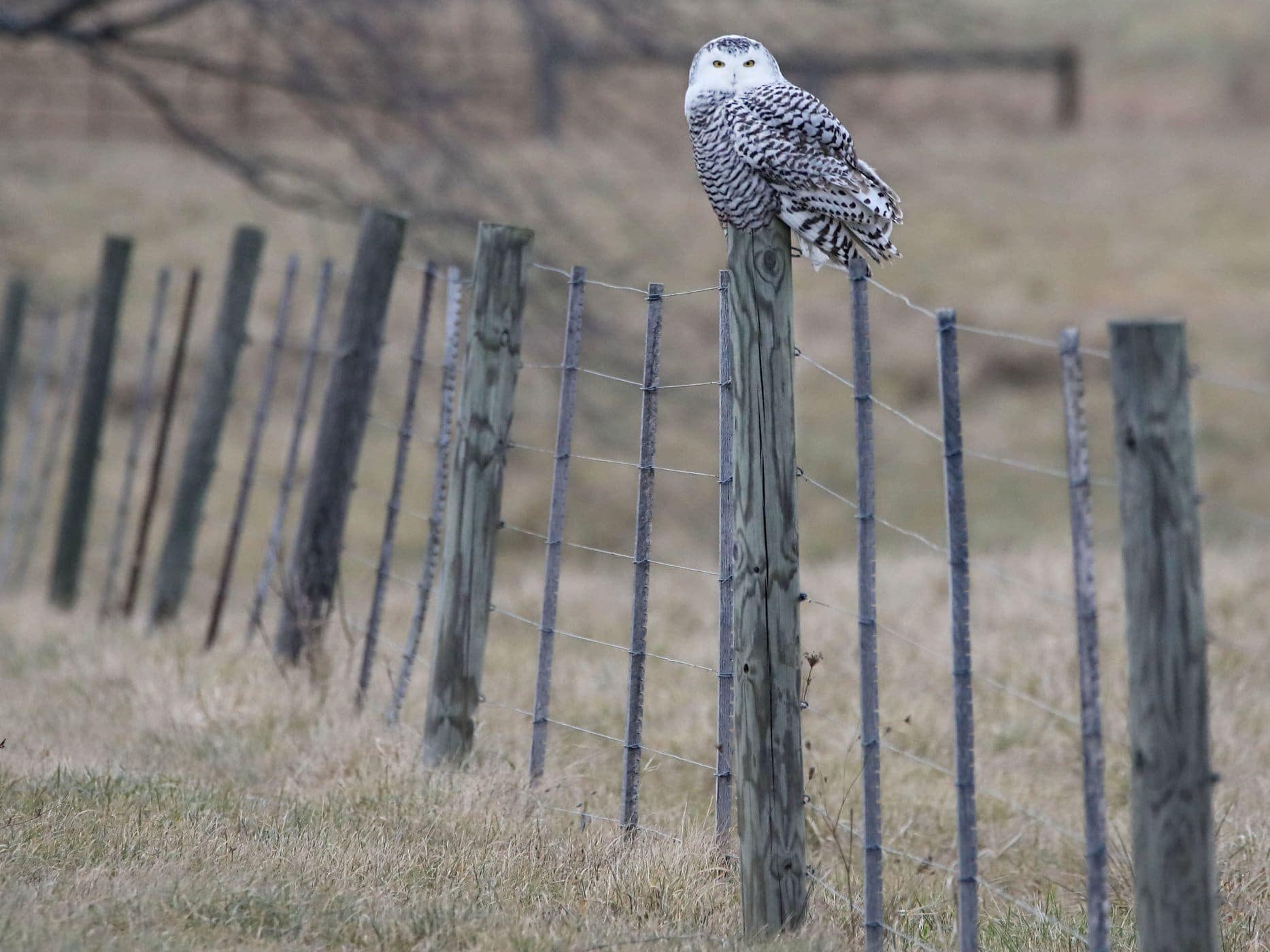
Both experts urge people to keep a respectful distance from a snowy owl if they’re lucky enough to spot one. “What we tell people,” says Weidensaul, “is that if the owl is paying attention to you, particularly if it’s bobbing its head, you’re too close and should back off. Ideally, the best way to observe a snowy owl is from a car. The car acts like a blind. You can get significantly closer to a snowy owl inside a car and probably not disturb it as you would on foot.”
Adds DeDea: “It’s an amazing sight to see a snowy owl, but use your winter spotting scope at a great distance, use your inside voice, make sure you’re not using the flash on your camera. Information about a bird’s whereabouts is disseminated so fast these days that a hundred people can be on a poor bird in minutes. Everybody wants that perfect shot, and the bird’s welfare becomes secondary.”
Whether it’s a snowy owl or another rare bird you’re eager to spot, make sure you’re familiar with common birding ethics. This list of birding ethics guidelines on eBird is comprehensive and easy to follow.
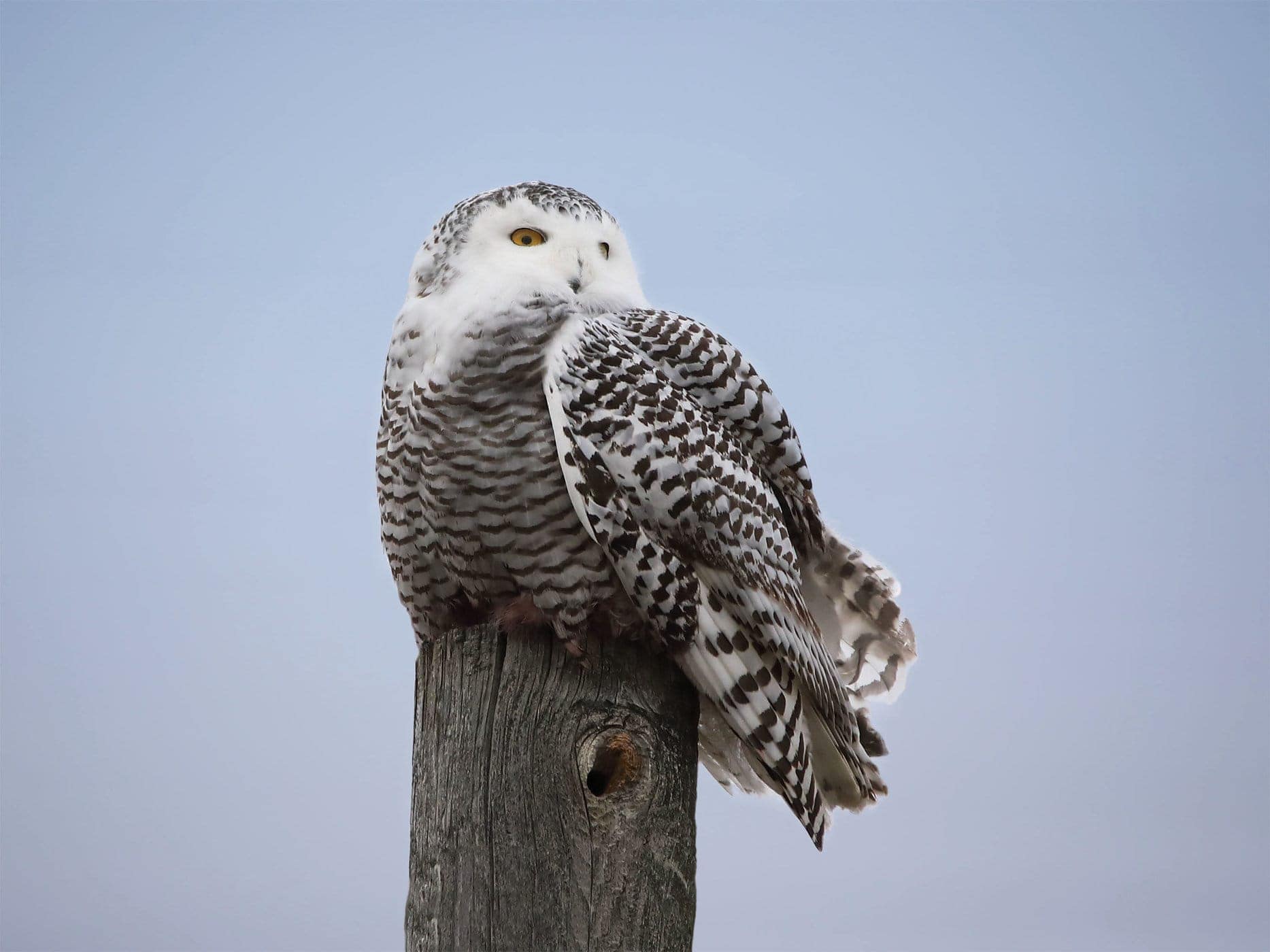
Also keep in mind that snowy owls are a rare sight here in the Hudson Valley, with one spotted every 3-4 years. So if you do spot one, count yourself lucky (but respect the bird’s need for privacy and quiet).


